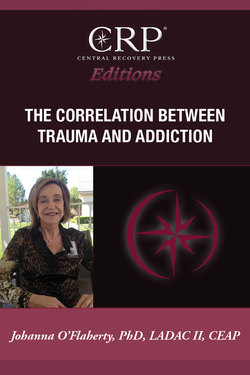Читать книгу The Correlation Between Trauma and Addiction - Johanna O'Flaherty - Страница 7
ОглавлениеTouching Suffering—the Interactional Challenges of Trauma
Trauma changes the structure of the brain at the point where the prefrontal cortex, the emotional brain, and the survival brain converge. The prefrontal cortex is the part of the brain in charge of executive functioning, notably rational thinking and decision-making. This was the last part of the human brain to evolve, and it does not develop fully until sometime between the ages of eighteen to twenty-five. The emotional brain encompasses the midbrain, where memories and emotions are recorded and stored. The survival brain is the so-called “reptile brain.” This was the first part of the brain to evolve. It is the most primitive part of the brain and plays an important role in the regulation of essential basic functions including heart rate, breathing, sleeping, and eating.
For seven years I was Vice President of Treatment Services at the Betty Ford Center in Rancho Mirage, California, where I presented lectures on trauma. The audience often included doctors who were among our patients. Some of these physicians would come up after the lecture and tell me, “I never made that correlation (between trauma and the three primary parts of the brain). Never.” A couple of them were psychiatrists who said, “I am going to look at my patients completely differently from now on.”
I know from the experience of supervising counselors for many years that some clinicians can be intimidated by working with trauma. Sometimes it happens that patients are ready to share their trauma, but their therapists are not ready to work with it because they haven’t had enough training or haven’t done enough of their own personal work. These clinicians will tend to steer patients with trauma back to the more strictly cognitive realm because that is where they (the clinicians) are more comfortable. When this occurs, the patients’ need to begin to address their trauma has effectively been blocked, and they come out of their sessions more confused than when they went in, and in more pain—which they will act out. Especially in inpatient treatment environments, this acting out frequently takes dramatic, emotionally labile, and staff-splitting forms.
